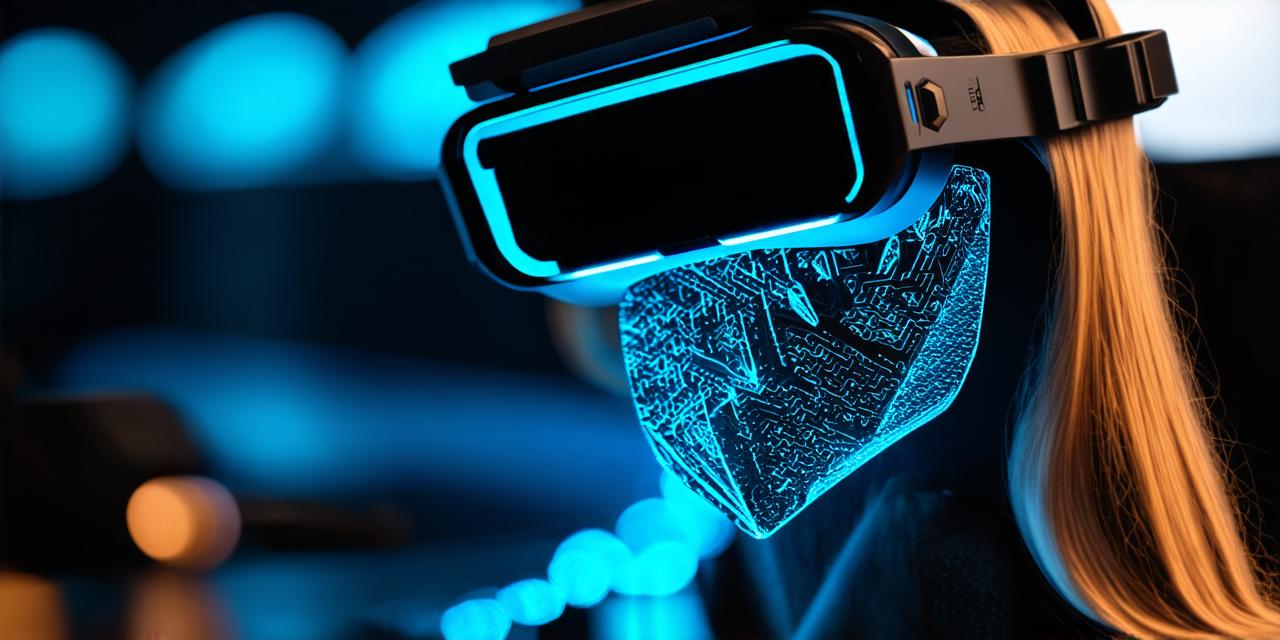Virtual reality (VR) technology is rapidly changing the way we work and interact with our surroundings. In engineering, VR is being used to simulate complex processes and designs, allowing engineers to visualize and test their ideas in a safe and controlled environment.
Benefits of Virtual Reality in Engineering
One of the main benefits of VR in engineering is its ability to simulate real-world scenarios. Engineers can use VR to test their designs and see how they will behave under different conditions, such as extreme temperatures or high pressures. This allows them to make adjustments and improvements before they are built, saving time and money in the long run.
In addition, VR technology enables engineers to visualize complex data sets and processes that would be difficult to understand through traditional means. For example, aerospace engineers can use VR to simulate the flight of an aircraft and test different control systems, while civil engineers can use VR to visualize the construction of a bridge or building.
Virtual reality also allows for collaboration between teams located in different parts of the world. Engineers can work together in real-time, using VR to share their ideas and designs, even if they are thousands of miles apart. This can be particularly useful for companies with multiple offices or for those working on international projects.
Challenges of Virtual Reality in Engineering
While virtual reality technology offers many benefits, there are also challenges that need to be addressed. One of the main challenges is the cost of VR equipment and software. Engineers require high-end computers and specialized hardware to use VR effectively, which can be expensive. In addition, the development of VR applications requires specialized skills, making it difficult for smaller engineering firms to implement this technology.
Another challenge is the lack of standardization in the VR industry. Different companies offer different types of VR equipment and software, making it difficult for engineers to compare and choose the best option. This can lead to incompatibility issues and make it more difficult for engineers to collaborate with each other.
Future Prospects of Virtual Reality in Engineering
Despite these challenges, virtual reality technology is expected to continue to grow and become more accessible in the engineering industry. In the future, we can expect to see more widespread adoption of VR technology, as it becomes more affordable and user-friendly. This will lead to more efficient and effective engineering processes, allowing companies to bring products to market faster and at a lower cost.
One area where VR is expected to have a significant impact is in the field of construction. As building designs become more complex, engineers will need new tools and technologies to visualize and test their designs. Virtual reality technology will enable architects and builders to simulate the construction process, identify potential issues before they arise, and make adjustments on the fly.
In addition, VR technology is expected to play a major role in the development of autonomous vehicles and other advanced technologies. Engineers can use VR to test different control systems and algorithms, allowing them to optimize these systems for better performance and safety.
Case Study: Using Virtual Reality in Aerospace Engineering

One example of how virtual reality is being used in engineering is in the aerospace industry. Boeing, one of the world’s largest aerospace companies, uses VR technology to simulate the flight of its aircraft and test different control systems.
Using VR, engineers can simulate various flight scenarios, such as high-altitude flight or turbulence. They can also test different control systems, such as the flight control system or the autopilot system. This allows them to make adjustments and improvements before the aircraft is built, saving time and money in the long run.
Personal Experience: Virtual Reality in Civil Engineering
I recently had the opportunity to try out virtual reality technology while working on a civil engineering project. We used VR to simulate the construction of a bridge, allowing us to visualize the entire process from start to finish.
Using VR, we could see how the bridge would be built and test different design options. We could also identify potential issues before they arose, such as changes in soil composition or weather conditions. This allowed us to make adjustments on the fly, saving time and money in the long run.
